-
×
 The 5-Figure Challenge (DIY Level Experience) By Zach Spuckler
1 × $15.40
The 5-Figure Challenge (DIY Level Experience) By Zach Spuckler
1 × $15.40 -
×
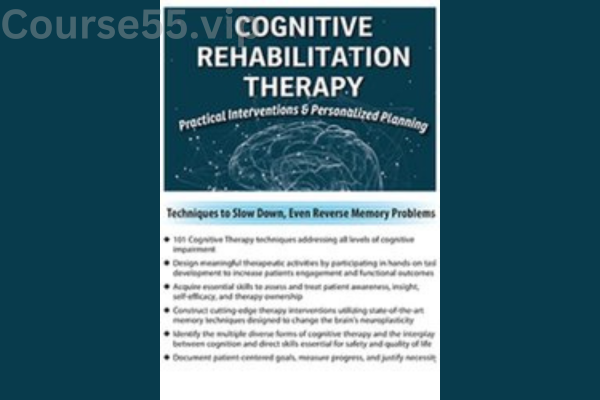 Cognitive Rehabilitation Therapy: Practical Interventions & Personalized Planning By Jane Yakel - PESI
1 × $23.10
Cognitive Rehabilitation Therapy: Practical Interventions & Personalized Planning By Jane Yakel - PESI
1 × $23.10 -
×
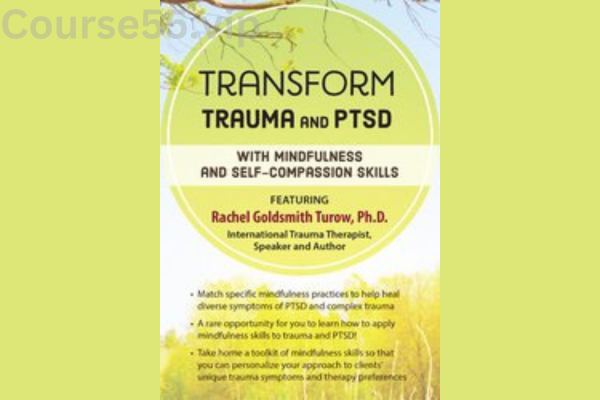 Transform Trauma and PTSD with Mindfulness and Self-Compassion Skills By Rachel Goldsmith Turow - PESI
1 × $23.10
Transform Trauma and PTSD with Mindfulness and Self-Compassion Skills By Rachel Goldsmith Turow - PESI
1 × $23.10 -
×
 Fast Track 6 Figure Formula By Ray Higdon & Mark Hoverson
1 × $23.10
Fast Track 6 Figure Formula By Ray Higdon & Mark Hoverson
1 × $23.10 -
×
 Cracking the Code Between Fib & Elliott Wave
1 × $23.10
Cracking the Code Between Fib & Elliott Wave
1 × $23.10 -
×
 Easy Languages Bundle By Benny Lewis - Fluent in 3 Months
1 × $15.40
Easy Languages Bundle By Benny Lewis - Fluent in 3 Months
1 × $15.40 -
×
 The Marriage Reset: From Obligation To Adventure By Dani Johnson
1 × $31.00
The Marriage Reset: From Obligation To Adventure By Dani Johnson
1 × $31.00 -
×
 Understanding the Needs of the Dying: Bringing Hope, Comfort and Love to Life's Final Chapter By David Kessler - PESI
1 × $23.10
Understanding the Needs of the Dying: Bringing Hope, Comfort and Love to Life's Final Chapter By David Kessler - PESI
1 × $23.10 -
×
 Couples on the Brink: When Is Enough Enough? By Terry Real - PESI
1 × $23.10
Couples on the Brink: When Is Enough Enough? By Terry Real - PESI
1 × $23.10 -
×
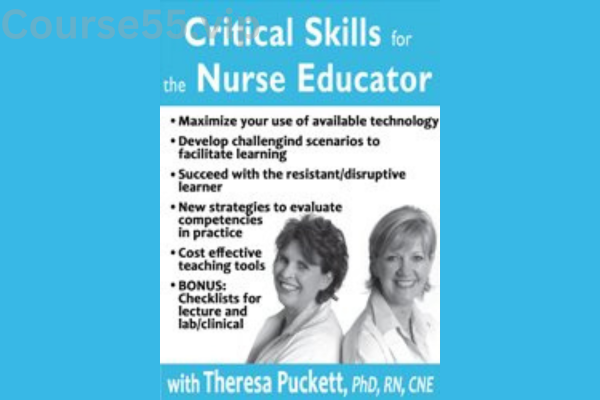 Critical Skills for the Nurse Educator By Theresa Puckett - PESI
1 × $23.10
Critical Skills for the Nurse Educator By Theresa Puckett - PESI
1 × $23.10 -
×
 Legal Issues in Behavioral Health Maryland: Legal and Ethical Considerations By Lois Fenner - PESI
1 × $23.10
Legal Issues in Behavioral Health Maryland: Legal and Ethical Considerations By Lois Fenner - PESI
1 × $23.10 -
×
 Maine Legal and Ethical Issues for Mental Health Clinicians By Susan Lewis - PESI
1 × $23.10
Maine Legal and Ethical Issues for Mental Health Clinicians By Susan Lewis - PESI
1 × $23.10 -
×
 Mindfulness-Based Stress Reduction for Teens By Gina Biegel - PESI
1 × $23.10
Mindfulness-Based Stress Reduction for Teens By Gina Biegel - PESI
1 × $23.10 -
×
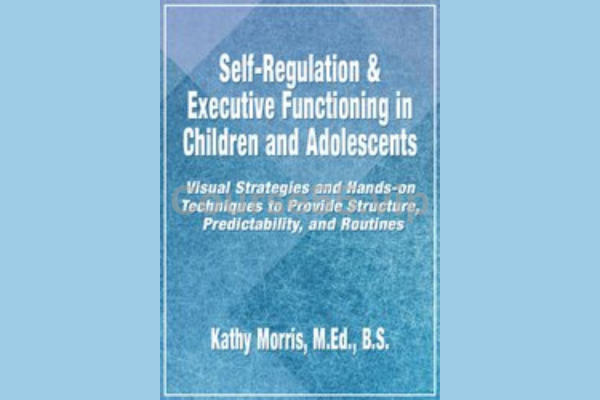 Self-Regulation & Executive Functioning in Children and Adolescents: Visual Strategies and Hands-on Techniques to Provide Structure, Predictability, and Routines By Kathy Morris
1 × $23.10
Self-Regulation & Executive Functioning in Children and Adolescents: Visual Strategies and Hands-on Techniques to Provide Structure, Predictability, and Routines By Kathy Morris
1 × $23.10 -
×
 Writing Email Copy for B2B Companies By AWAI
1 × $23.10
Writing Email Copy for B2B Companies By AWAI
1 × $23.10 -
×
 The Complete Crowdfunding PR System By Salvador Briggman - CrowdCrux
1 × $23.10
The Complete Crowdfunding PR System By Salvador Briggman - CrowdCrux
1 × $23.10
A Clinician’s Toolkit for Treating Depression: Top Techniques to Move Beyond Medication By Elisha Goldstein – PESI
$199.00 Original price was: $199.00.$23.10Current price is: $23.10.
SKU: C55vip.10941CItA8P4X
Category: Download
Tags: A Clinician's Toolkit for Treating Depression: Top Techniques to Move Beyond Medication, Depression, Elisha Goldstein - PESI, Toolkit for Treating Depression
A Clinician’s Toolkit for Treating Depression: Top Techniques to Move Beyond Medication – Digital Download!

A Clinician’s Toolkit for Treating Depression: Top Techniques to Move Beyond Medication By Elisha Goldstein – PESI
Overview
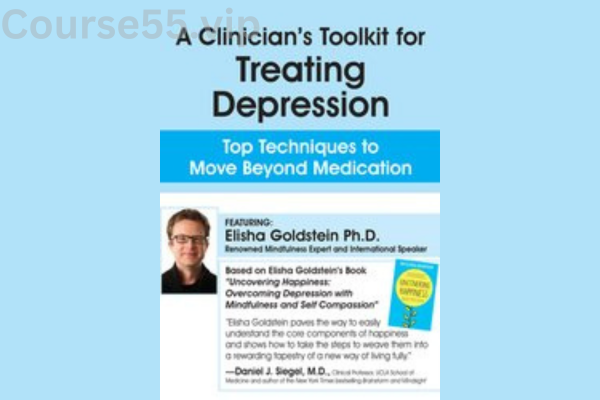
A Holistic Approach to Depression Treatment: Insights from Elisha Goldstein’s Toolkit
Elisha Goldstein’s A Clinician’s Toolkit for Treating Depression: Top Techniques to Move Beyond Medication is a valuable resource for mental health professionals, offering a range of evidence-based strategies to enhance depression treatment. This course explores a variety of non-pharmacological approaches that address the complexity of depression while promoting emotional resilience and overall well-being. By advocating for an integrated, strengths-based treatment model, Goldstein equips clinicians with practical tools to better support their clients.
Spanning approximately three hours, the seminar is available in both audio and video formats, making it accessible to a broad audience of practitioners. The techniques presented emphasize leveraging clients’ inherent strengths to alleviate depressive symptoms while fostering a mindset of resilience.
Core Elements of the Course
Goldstein’s toolkit provides clinicians with practical strategies that can be immediately incorporated into therapeutic practice. The course focuses on two primary approaches: Mindfulness-Based Cognitive Therapy (MBCT) and Behavioral Activation (BA)—both of which are highly effective in breaking the cycle of depression and restoring a sense of purpose and joy.
Mindfulness-Based Cognitive Therapy: Rewiring Thought Patterns
MBCT integrates cognitive behavioral strategies with mindfulness techniques to help clients develop awareness of their thoughts and emotions without judgment. Research supports MBCT’s effectiveness, particularly in reducing relapse rates among individuals with recurrent depression. A meta-analysis published in the Journal of Affective Disorders found that MBCT significantly lowered the likelihood of relapse for those with a history of multiple depressive episodes.
Through mindfulness practices, clinicians guide clients in shifting from automatic, negative thought patterns to a more reflective, self-aware mindset. This approach empowers individuals to reshape their inner dialogue and improve emotional regulation. Goldstein also emphasizes the role of self-compassion, encouraging clients to practice kindness toward themselves during difficult moments—an essential component in the healing process.
Behavioral Activation: Encouraging Positive Engagement
Behavioral Activation (BA) is a structured approach that helps clients re-engage in activities that generate positive emotions and reduce withdrawal—one of depression’s hallmark symptoms. By identifying and gradually reintroducing value-based activities, clients regain a sense of fulfillment and motivation.
For example, setting small, achievable goals such as taking a daily walk, revisiting hobbies, or strengthening social connections can significantly counteract the inertia associated with depression. A study by the American Psychological Association demonstrated that BA can be as effective as antidepressant medication, particularly when combined with ongoing therapeutic support. This finding reinforces the importance of integrating behavioral strategies into depression treatment.
The Influence of Environment and Relationships
Goldstein underscores the critical role of a client’s environment and social connections in shaping mental health outcomes. Clinicians are encouraged to assess external influences, such as family dynamics, workplace stress, or social isolation, which can either support or hinder recovery.
By understanding these factors, therapists can help clients cultivate healthier relationships and create a more supportive environment, leading to long-term improvements in well-being.
Recognizing and Interpreting Client Signals
A key skill developed through Goldstein’s training is the ability to identify subtle verbal and non-verbal cues in therapy sessions. Clinicians learn to observe body language, tone shifts, and emotional responses that may provide deeper insights into a client’s condition.
By fine-tuning their ability to recognize these cues, therapists can personalize interventions to better meet their clients’ needs. This approach fosters a more meaningful therapeutic relationship, ensuring that treatment goes beyond symptom management to address the individual’s unique experience with depression.
Tailoring Individualized Treatment Plans
One of the primary takeaways from Goldstein’s course is the emphasis on customized treatment strategies. Since every client experiences depression differently, interventions must be tailored to align with their specific strengths, challenges, and personal goals.
A Comprehensive Framework for Treatment
Goldstein advocates for an integrated approach, combining MBCT and BA with additional therapeutic techniques. By focusing on a strengths-based model, clinicians empower clients to leverage their own capabilities in overcoming depression.
Example of a Structured Treatment Plan
| Client Name | Goal | Techniques | Progress Indicators |
|---|---|---|---|
| Jane Doe | Reduce anxiety in social settings | Mindfulness practice, Behavioral activation | Increased engagement in group activities |
Establishing clear goals and progress markers allows both the clinician and client to track improvements and adjust strategies as needed.
Empowering Mental Health Professionals and Clients
Goldstein’s toolkit is designed not only to enhance therapeutic effectiveness but also to strengthen the clinician-client relationship. By fostering trust and connection, therapists can create a supportive space where clients feel safe exploring their emotions and challenges.
A Whole-Person Approach to Depression Treatment
Goldstein emphasizes treating the whole person rather than just the illness, incorporating elements of physical health, emotional well-being, and social support. This comprehensive perspective allows clinicians to facilitate deeper, more sustainable change in their clients’ lives.
Feedback from practitioners who have taken the course highlights increased confidence in delivering holistic, client-centered care. Many report greater satisfaction in witnessing clients make meaningful progress through integrated therapeutic techniques rather than relying solely on medication.
Practical Implementation and Considerations
While incorporating these strategies, clinicians must remain flexible and adaptive to their clients’ evolving needs. Goldstein stresses the importance of continuous learning and professional development to refine therapeutic approaches and integrate emerging research findings.
Ongoing Training for Mental Health Professionals
Staying informed about advancements in neuroscience and psychology ensures that clinicians provide the most effective care possible. Goldstein’s course serves as an excellent foundation for continued professional growth in the field of depression treatment.
Utilizing Community Resources
Beyond individual therapy, clinicians should be aware of local support groups, wellness programs, and workshops that can supplement treatment. Collaborating with other healthcare professionals and organizations strengthens the overall support system available to clients.
Final Thoughts: A Transformative Resource for Depression Treatment
Elisha Goldstein’s A Clinician’s Toolkit for Treating Depression: Top Techniques to Move Beyond Medication represents a shift toward comprehensive, compassionate, and effective treatment strategies. By integrating mindfulness, behavioral activation, and environmental awareness, the toolkit equips clinicians with the skills needed to address depression holistically.
As mental health care continues to evolve, resources like Goldstein’s will play a crucial role in empowering practitioners and enhancing the lives of those struggling with depression. This course provides not just therapeutic techniques but also a guiding framework for clinicians dedicated to making a meaningful impact in their clients’ journeys toward healing.
Frequently Asked Questions:
Business Model Innovation: We operate a group buying strategy, allowing participants to share costs and access popular courses at reduced prices. This model benefits individuals with limited financial resources, despite concerns from content creators about distribution methods.
Legal Considerations: The legality of our operations involves complex issues. Although we don’t have explicit permission from course creators to resell their content, there are no specific resale restrictions stated at the time of purchase. This ambiguity creates an opportunity for us to provide affordable educational resources.
Quality Control: We ensure that all course materials purchased are identical to those offered directly by the creators. However, it’s important to understand that we are not official providers. As such, our offerings do not include:
– Live coaching calls or sessions with the course author.
– Access to exclusive author-controlled groups or portals.
– Membership in private forums.
– Direct email support from the author or their team.
We aim to reduce the cost barrier in education by offering these courses independently, without the premium services available through official channels. We appreciate your understanding of our unique approach.
Be the first to review “A Clinician’s Toolkit for Treating Depression: Top Techniques to Move Beyond Medication By Elisha Goldstein – PESI” Cancel reply
You must be logged in to post a review.










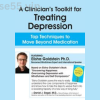
Reviews
There are no reviews yet.